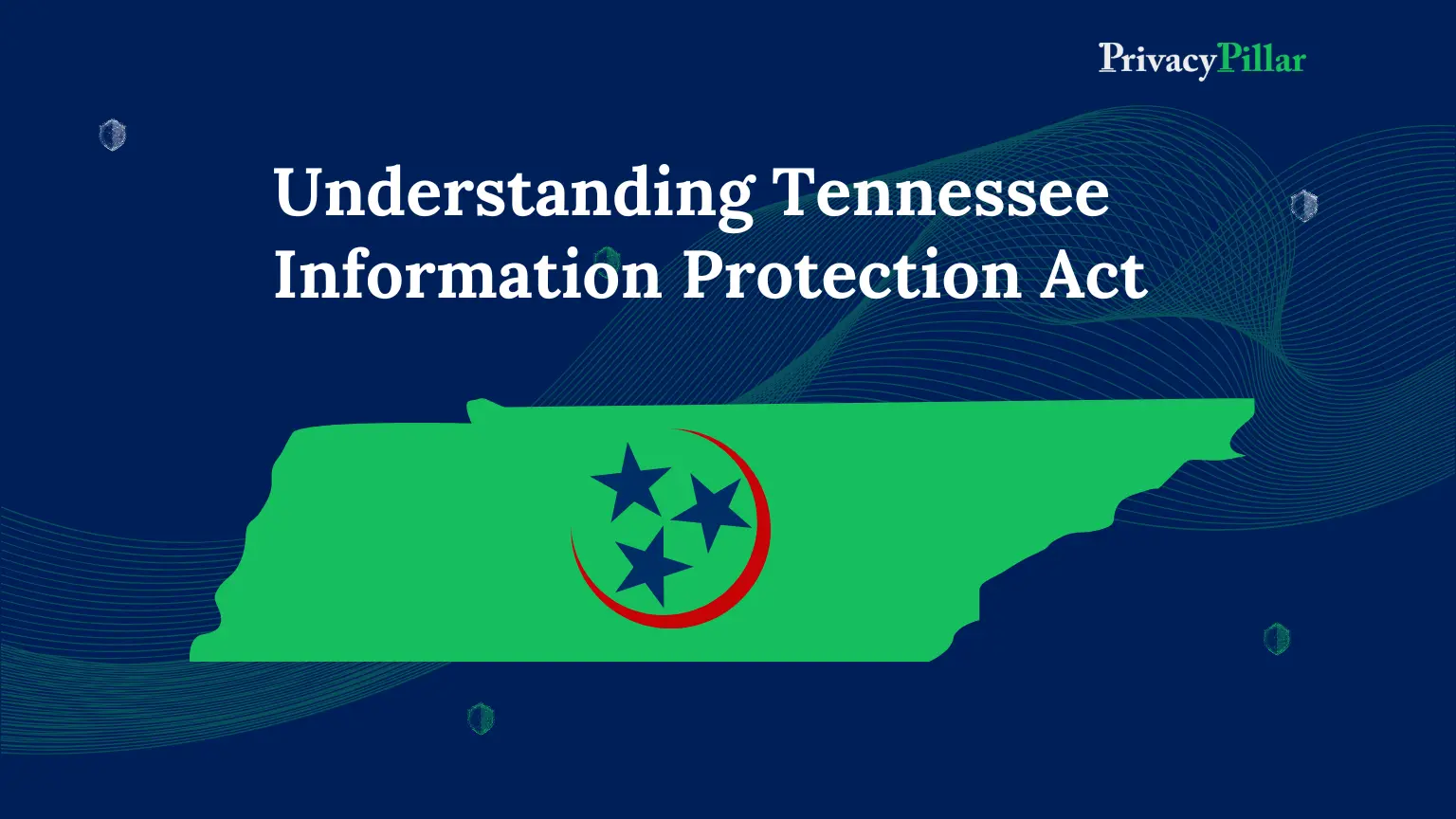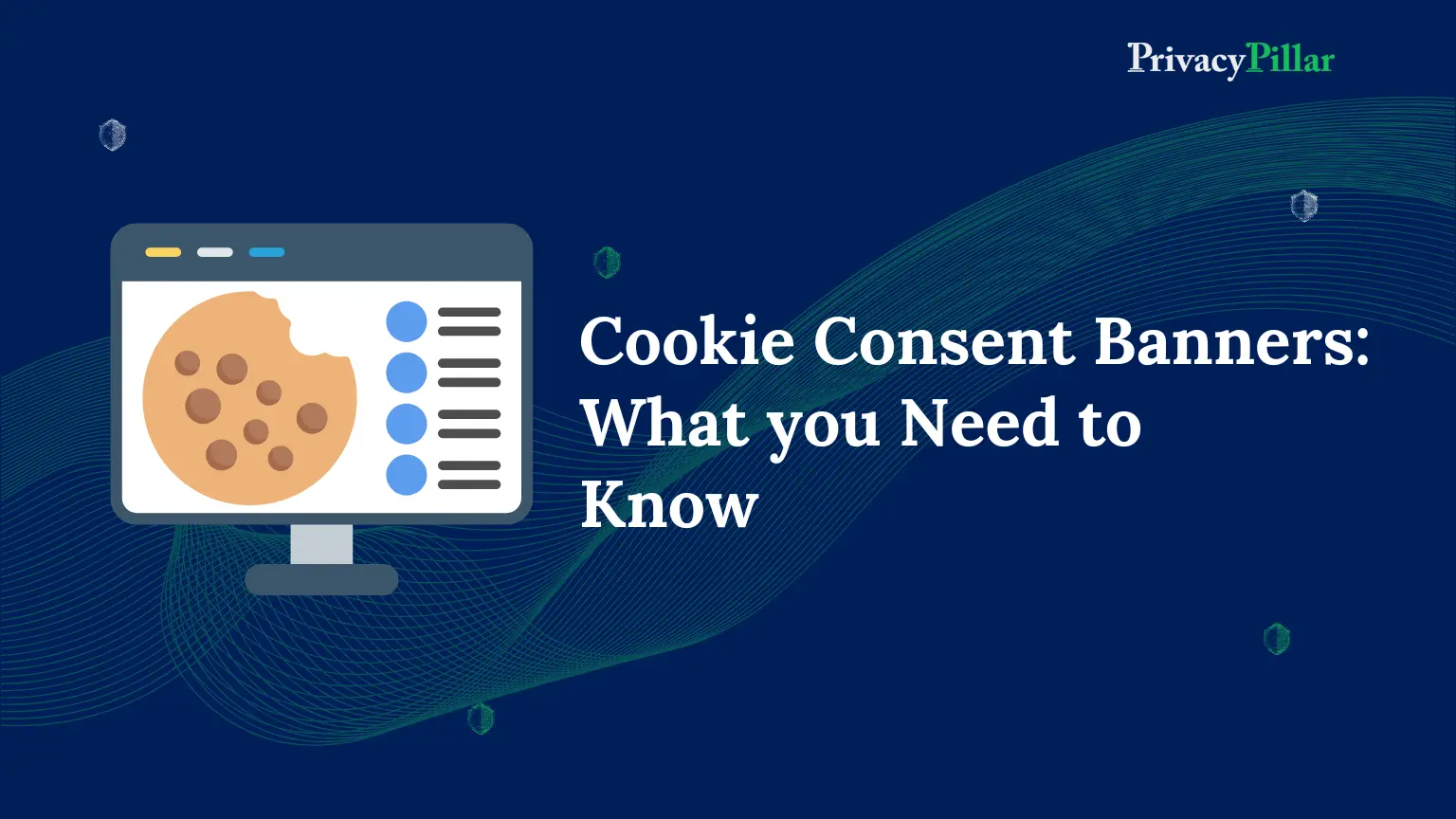
What is Privacy Policy? Everything you need to know
Data is the new oil.
We live in an era where we cannot do anything without data—especially businesses.
Data is the most valuable asset businesses need to understand the right audiences, their interest, and their behavior and cater to them in a digital world.
But often, in the garb of enhanced customer experience, businesses end up hurting the sentiments of their consumers by collecting, processing, and sometimes sharing/selling personal data.
This creates trust issues, and people practice constraints by not allowing businesses to collect their data, thanks to the advent of cookie blockers and data privacy laws.
That is where the privacy policy comes in.
The Purpose of the Privacy Policy
Privacy Policy helps organizations to build trust by being upfront with their consumers and helping them to understand how a business collects, processes and uses personal data.
The simple purpose of the privacy policy is to protect consumers and businesses from malicious data collection practices.
For instance, let’s say that a business collects email IDs for marketing purposes. The privacy policy must clearly and specifically mention why it contains email-ids, the purpose of using them, and how long the business will retain this information.
If a business plans to share or sell these emails to a third-party vendor, the privacy policy must include that.
What is a Privacy Policy?
A privacy Policy can be defined as a document or a declaration about how a business entity handles any customer, client, or employee data during and throughout its business operations.
These policies are sometimes also referred to as Privacy Statements or Privacy notices, and they act as legal instruments safeguarding both the business and its customers.
Privacy Policy vs. Data Protection Agreement vs. Cookie Policy
It is essential to understand that Privacy Policy is not the same as Data Protection Agreement or Cookie Policy.
A Data Protection Agreement is an internal document outlining how your business and third-party vendors will handle customer data ethically and safely.
Most website users or customers have yet to learn what data agreements are and have any other reason to read them.
Cookie Policy is a document that helps your users, or customers understand that your website user scripts, aka cookies deployed onto their browser, track, collect, and process their personal and behavioral data.
These policies usually pop up along with the cookie consent banners if a website has one, other than the ones customers commonly encounter when filling up some of their details and information.
If you are a business that has a website, the privacy policy is a must-have. Most small-medium business owners have websites that have third-party integrations.
Suppose you collect even the slightest personal data from your visitor or customers digitally through a website or an app. In that case, you must consider having an in-depth declaration of how your organization handles data.
Key US data privacy laws impacting privacy policies.
- CPRA: Grants California residents’ rights over personal information, such as access, deletion, and opting out of data sales. Privacy policies must disclose collected information, purposes, and consumer rights.
- GDPR: EU regulation applicable to non-EU businesses processing EU residents’ data. Privacy policies should cover legal basis, data retention, and transfers.
- VCDPA: Virginia law similar to CCPA, providing rights to residents. Privacy policies should disclose data purposes, categories collected, and consumer rights.
- CPA: Colorado law granting residents privacy rights, including opt-out of targeted advertising. Privacy policies should cover data purposes, retention, and consumer rights.
- Nevada Privacy Law: Requires opt-out option for the sale of personal information. Privacy policies must disclose information categories and third-party sharing.
Privacy Policies: Helps Businesses to Establish Trust
It couldn’t be more accurate.
A standard privacy policy explaining how your business handles customer data and outlining what, how, and why personal information is collected will help your company build a competitive edge and be a responsible leader.
Demonstrating transparency by being upfront with your data strategy helps customers trust their data with your business.
Businesses can take a step further and get a competitive edge by investing in automated compliance solutions like a Consent Management Platform that fully integrates with your website and builds end-to-end privacy automation through your businesses’ digital touchpoints.
As per Pew Research Center, more than 80% of Americans are concerned about how their data is collected and processed.
Having a Privacy Policy clearly outlining these concerned customers and how your company collects, processes, and uses personal information will only remove internal barriers that exist and create transparency and trust.
Critical Components of Privacy Policy
It’s relatively easy to establish your goals of having a perfect privacy policy that will help you to demonstrate transparency and build trust; real work comes with strategizing and designing the content of the privacy policy.
So we have listed critical components if you are considering designing a perfect privacy policy for your business that gets noticed by your customers.
1. Information collected
Businesses should articulate how you, the business owner, will collect, process, and use their customers’ data in a clear, concise, and straightforward manner.
This includes personal data such as:
- First name and last name.
- Mailing address.
- Billing address.
- Email address.
- Phone number.
- Age.
- Sex.
- Marital status.
- Race.
- Nationality.
- Religious beliefs.
- Credit card information.
We may also collect non-personal information like cookies, IP addresses, device information, and website usage data.
2. Data usage
This one is crucial. Take a step further by elaborating on how users use the consumer’s personal data in your privacy policy.
This may include order processing, customer support, personalization of user experience, analytics, marketing communication, and compliance with legal obligations.
You must use personal data only for business purposes, such as marketing and advertising, not for selling or sharing their data as part of your revenue operations.
And even if you do so, ensure you get the user’s required consent.
3. Data sharing
This is tricky and often the most neglected one.
And many companies, without consent and authorization, share and even sell consumer data to third-party or government agencies.
For instance, a big-tech company in the US was accused of the deliberate sharing of the private email addresses of millions of consumers to the US’s top security agency.
If you share/sell data with third-party vendors, do specifically in your privacy policy that you comply with the necessary laws and regulations managing third-party vendors.
Specify the categories of third parties with whom you may share data, such as payment processors, shipping providers, marketing partners, and service providers.
Also, the privacy policy outlines that you maintain strict contractual agreements and safeguards to ensure that these third parties handle the data securely and in compliance with privacy standards.
4. Data retention:
Companies collect data and then store it. But what they need to clarify is how long they are going to keep it.
To comply with legal requirements and provide efficient services, you must specify in your privacy policy the duration for which user data is retained.
This includes details on how long you store personal data depending upon the purpose for which it is collected.
Ensure that data is not retained for longer than necessary and is securely deleted or anonymized when it is no longer needed.
5. User rights:
Concerning their data, explain to your customer how much privacy and customer rights are essential to your business.
As per new data privacy laws such as CCPA, VCDPA, and CPA, users have the right to withdraw their consent and object to specific data processing activities and access, correct, and delete their personal data.
Give users detailed instructions on exercising their rights and contact your point of contact with any questions or requests relating to their data.
6. Security measures:
Your privacy policy must highlight the security measures you have implemented to protect against unauthorized access, misuse, alteration, or loss of personal information.
These measures may include encryption, secure data storage, access controls, regular system updates, and employee training on data protection practices.
Continuously review and enhance your security protocols to maintain high data protection.
Privacy Policy Placement: Where does it get the most attention
1. Placement on website/app:
Best practices include displaying the privacy policy on the homepage. It should be easily accessible with a link labeled in the header or the footer menu.
Most people usually scan the whole website, so having a privacy policy demonstrates a commitment to openness. It lets users quickly locate and review the policy before engaging with the website or app.
2. Consent and acceptance:
Consent is crucial when engaging with consumers’ personal data in today’s digital world.
Obtaining explicit user consent to the privacy policy will help you establish a brand built on empathy and ethical leadership.
You can take consent and preferences through checkboxes or pop-up notifications during signups, demo-schedule, online transactions, or app installations.
It is essential to ensure that the consent process is straightforward, separate from other terms and conditions and allows users to review the privacy policy before providing consent.
3. Communication channels:
Building customer trust requires effective privacy policy communication and dissemination.
It would be best if you thought about various channels in addition to including the privacy policy on the website or app.
This includes engaging users regularly via email newsletters about significant privacy policy modifications and providing a direct link to the policy.
The privacy policy should be readily available in the settings or menu of mobile apps.
Privacy notices can be presented at different touchpoints, such as when collecting personal data or at the point of sale.
Customer service staff must be familiar with the privacy statement and prepared to answer questions regarding it.
Businesses using social media or third-party platforms should ensure that the privacy policy is readily available and linked to those sites.
These strategies will help you optimize your privacy policy to get your business noticed by your customers, which will build consumer trust and increase brand awareness while complying with privacy regulations and user expectations.
Conclusion
A clear and transparent privacy policy is essential for businesses to build customer trust and enhance their overall experience.
Demonstrate transparency to your customers and be responsible and ethical about your data collection practices that ensure the safe handling of customers’ data.
This will undoubtedly lead to increased customer loyalty and repeat business.
Your customers will appreciate the effort, and you’ll reap the benefits in the long run.



